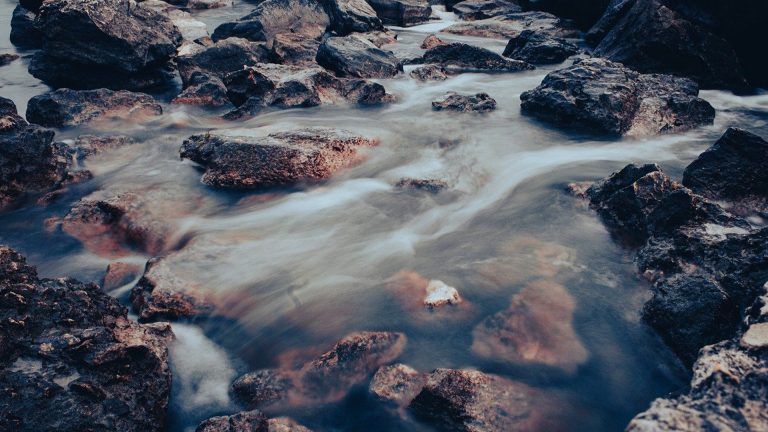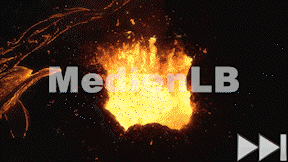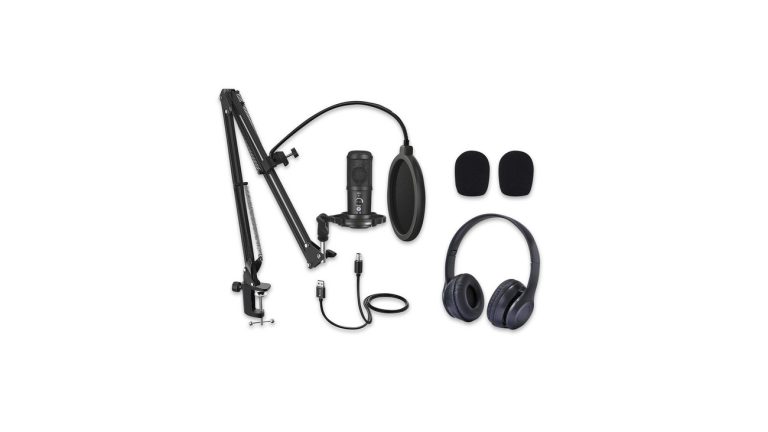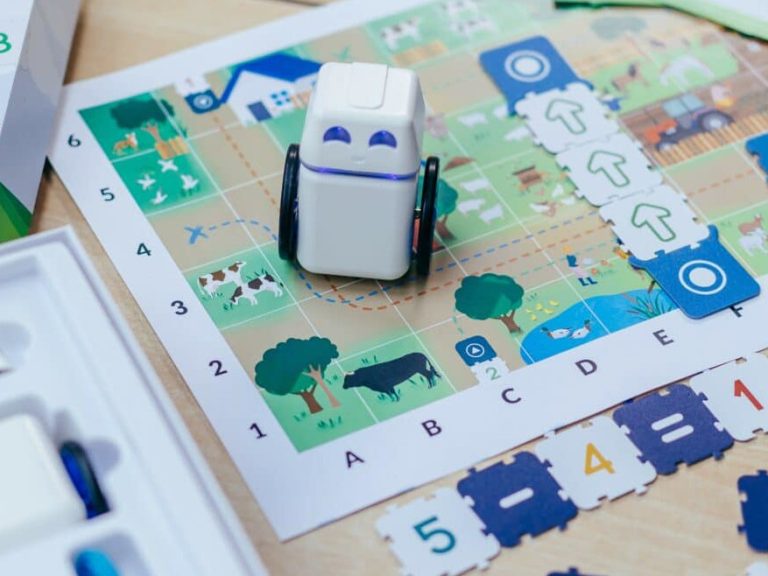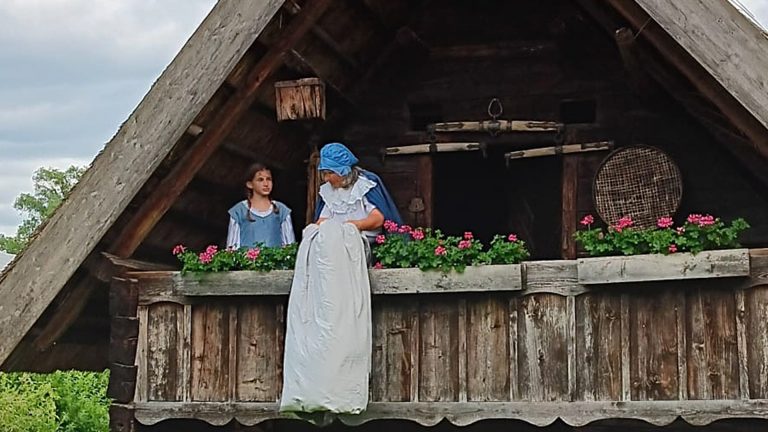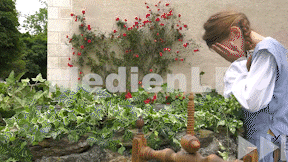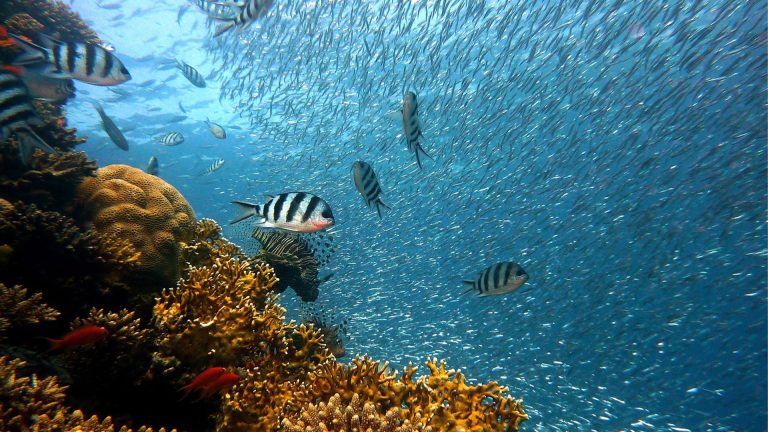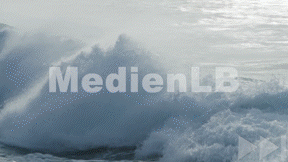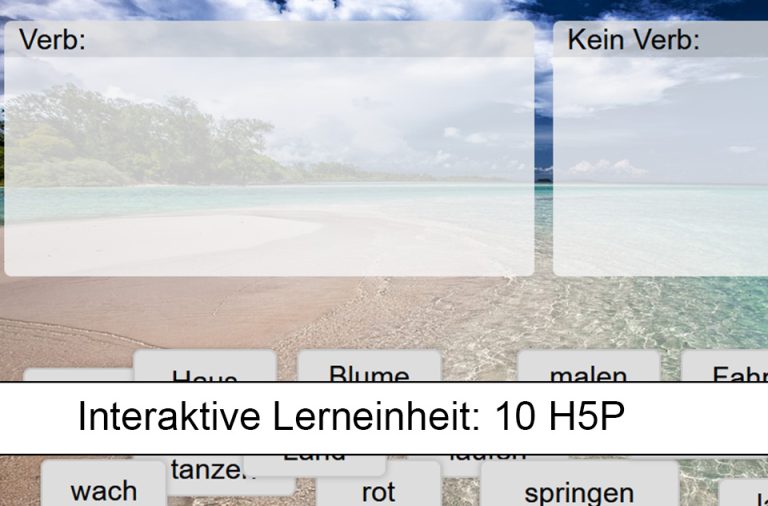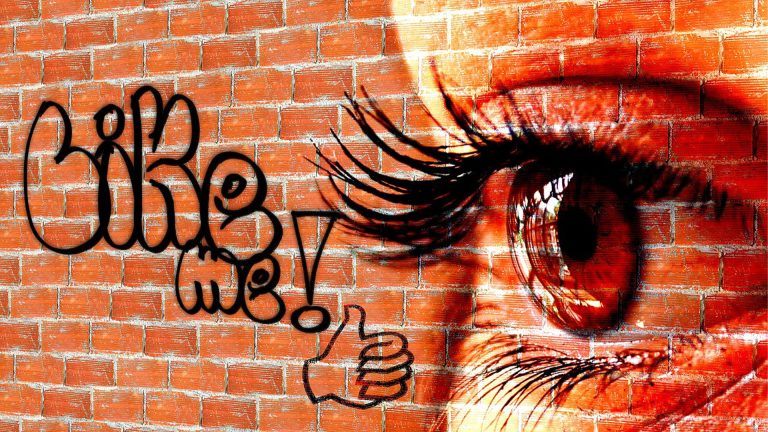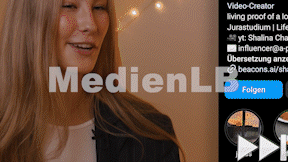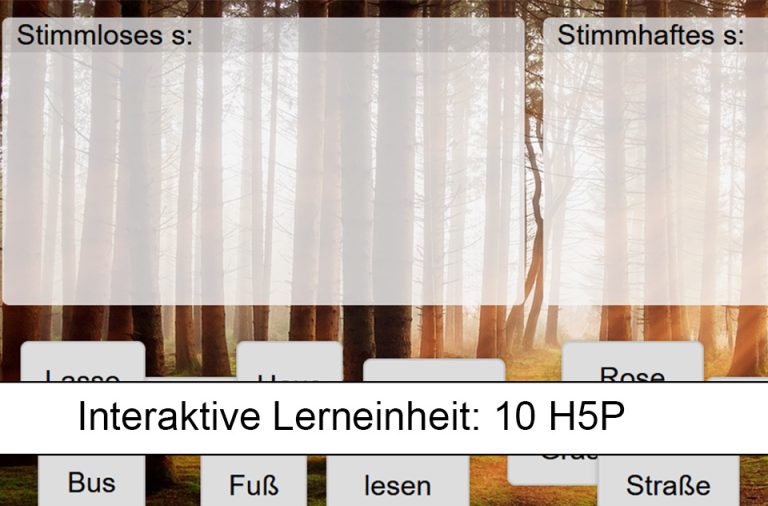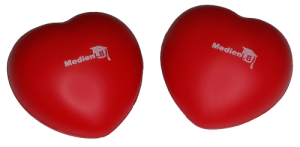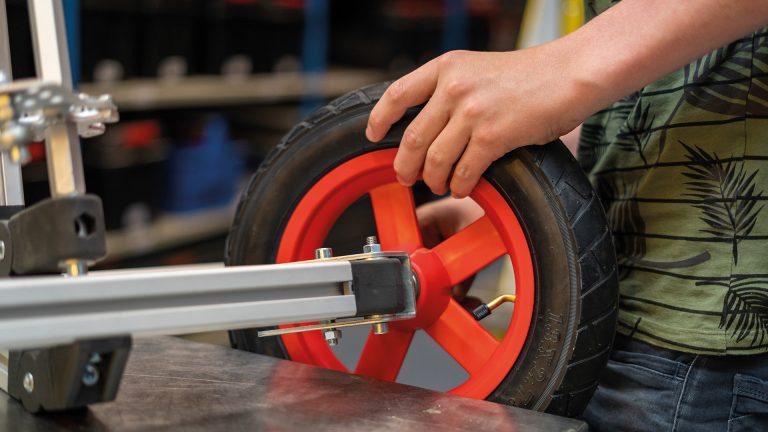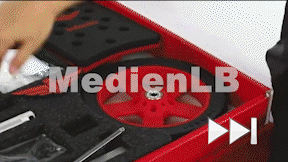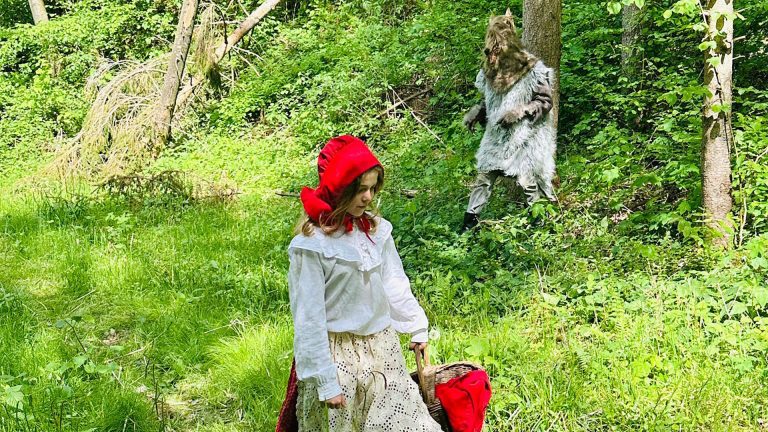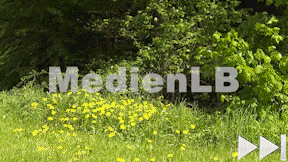Suche:
- # Artistry
- # Biology
- # Chemistry
- # Ecological
- # Economy
- # English
- # Foreign Language
- # Geography
- # German
- # Health
- # History
- # Informatik
- # Latin
- # Mathematics
- # Media Education
- # Music
- # Physics
- # Politics / Civics
- # Preschool
- # Primary School
- # Religion
- # Society
- # Sports
- # Technology
- # Training of Teachers
- # Vocational Education
Gesteine
Massivgebirge und Sandkörner haben eines gemeinsam: Sie zählen zu den Gesteinen und sind damit in den geologischen Prozess des Gesteinskreislaufs eingebunden.
Learn moreMyStudio Podcast-Kit
Mit dem MyStudio Podcast-Kit wird das Erstellen von Audio-Content zu einem echten Vergnügen. Das Kit stattet Sie komplett aus, um Unterrichtseinheiten, Tutorials, Podcasts oder Musikaufnahmen auf hohem Niveau zu erstellen.
Learn moreKUBO
Der KUBO Education Roboter ist ein innovatives Werkzeug, das Kindern auf spielerische Weise die Grundlagen der Programmierung und Robotik näherbringt.
Learn moreGreenscreenbox
KREATIVITÄT UND FANTASIE - TECHNOLOGIE UND BILDUNG Mit der Greenscreenbox können Sie im Handumdrehen coole Greenscreen-Videos erstellen.
Frau Holle
Vom Fleiß und der Faulheit, von der gerechten Verteilung von Belohnung und Bestrafung erzählt das beliebte Märchen „Frau Holle“ aus der Sammlung der Gebrüder Grimm.
Learn moreWeltmeere
Etwa 70 Prozent der Erde sind von Wasser bedeckt. Die größte Fläche davon bildet das zusammenhängende Weltmeer.
Learn moreLerneinheit Deutsch 5
In zehn interaktiven Aufgaben wird die Wortart Verb und deren Funktion im Satz erläutert und in Übungen das Wissen dazu vertieft.
Learn moreStreaming und Gaming
Die Berufswelt befindet sich im Wandel. Neue Berufe wie Influencer oder Streamer sind Beispiele für die modernen Arbeitsfelder von heute.
Learn moreLerneinheit Deutsch 5
In zehn interaktiven Aufgaben werden Regeln für schwierige Rechtschreibfälle vorgestellt und eingeübt.
Learn moreKonstruieren im Unterricht
Mit den Bausätzen von Infento lassen sich lebensgroße Fahrzeuge konstruieren.
Learn moreHeimische Schmetterlinge
Schmetterlinge (Lepidoptera) zählen mit derzeit etwa 160.000 beschriebenen Arten zu den Insekten. Bis auf Antarktika gibt es sie überall auf der Welt.
Learn more



